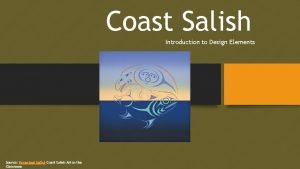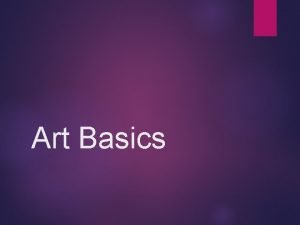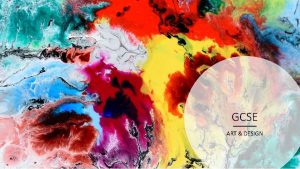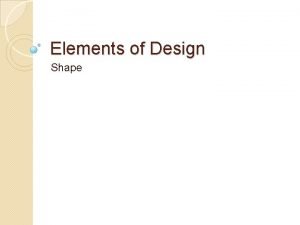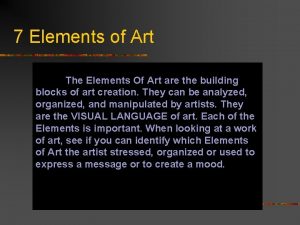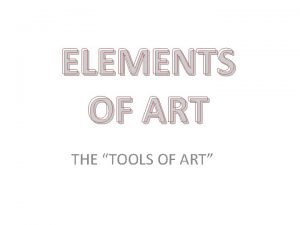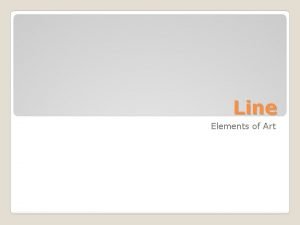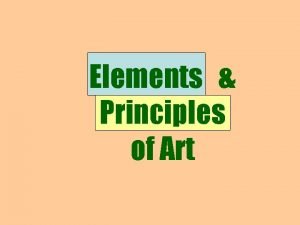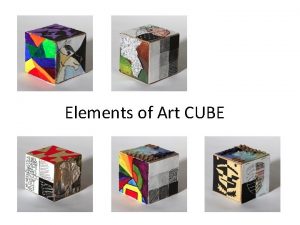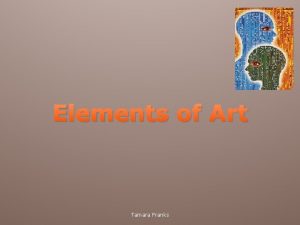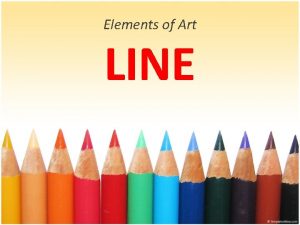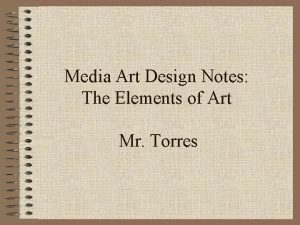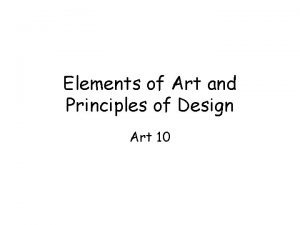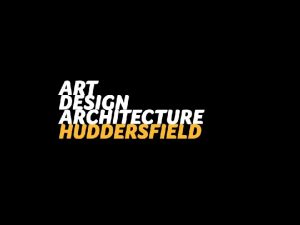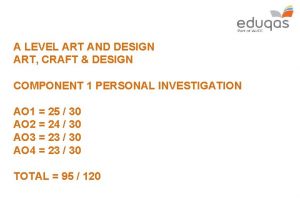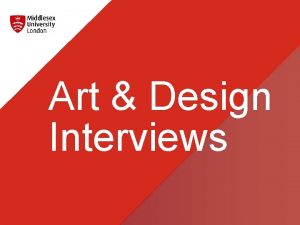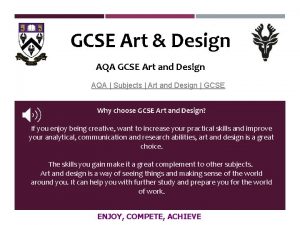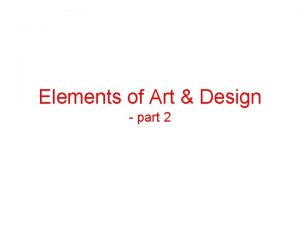Elements of Design Elements of Art The elements























- Slides: 23

Elements of Design

Elements of Art The elements of art are the building blocks used by artists to create a work of art. Line Spa ce Shap Colour e Textur Forms e

Line A mark with greater length than width Lines c an be horizont al, vertic al, or diagonal; straight or curved; thick or thin

Shap e A closed line Shapes c an be geometric Shapes c an be organic Squares and circles Free-form or natural shapes Shapes are flat and c an express length and width

Forms Three-dimension al shapes expressing length, width, and depth Balls, cylin ders, boxes, and pyramids are forms

Spa ce The area between and around objects. The spa ce around objects is often c alle d negative spa ce; negative spa ce has shape. Spa ce c an also refer to the feeling of depth.

Colour Light reflected off of objects Colour has three main characteristics: Hue: the name of the colour, such as red, green, blue, etc. Value: how light or dark it is Intensity: how bright or dull it is

Colour Cont. • White is pure light; black is the absence of light. • Primary colours are the only true colours (red, blue, and yellow) • Secondary colours are two primary colours mixed together (green, orange, violet)

Colour Cont. • Intermediate colours (tertiary): made by mixing a primary and secondary colour together (yellow green, blue green, and blue violet).

Colour Cont. • Complementary colours: located directly across from e ch other on the color wheel. Complementary pairs contrast bec ause they share no common colors Red and green are complements, because green is made of blue and yellow When complementary colours are mixed together, they neutralize each other to make brown.

Colour Cont.

Texture Surface quality that can be seen and felt Textures can be rough or smooth, soft or hard Textures do not always feel the way they look; A drawing of a porcupine may look prickly, but if you touch the drawing, the paper is still smooth.

Principles of Design

Principles of Design The prin ciples of design describ e the ways that artists use the elements of art in a work of art. Balance Emphasis Movemen t Pattern Re p etitio n Proportion Rhythm Unity

Balance Distribution of the visu al weight of objects, colours, texture, and spa ce. Symmetrical balance (formal): the elements used on one sid e of the design are similar to those on the other side Asymmetrical balance (informal): the sid es are different but still look balanced. Radial balance: the elements are arranged around a central point and may be similar.

Balance Radial Balance Symmetric al(Formal) Balance Asymmetric al (Informal) Balance

Em phasis Part of the design that catches the viewer’s attention Usually the artist will make one area stand out by contrasting it with other areas. The area could be different in size, color, texture, shape, etc.

Movement The path the viewer’s eye takes through the work of art, often to focal areas Such movement can be directed along lines, edges, shape, and color

Pattern The repeating of an object or symbol all over the work of art

Re p etition Works with pattern to make the work of art seem active The repetition of elements of design creates unity within the work of art

Proportion The feeling of unity created when all parts (sizes, amounts, or number) relate well with ea ch other Size of objects in relation to other objects

Rhythm When one or more elements of design are used repeatedly to create a feeling of organized movement To keep rhythm exciting and active, variety is essential

Unity The feeling of harmony between all parts of the work of art, which creates a sense of completeness Relationship of objects to one another and to the design
 Coast salish design
Coast salish design Line shape form color texture space
Line shape form color texture space Hát kết hợp bộ gõ cơ thể
Hát kết hợp bộ gõ cơ thể Frameset trong html5
Frameset trong html5 Bổ thể
Bổ thể Tỉ lệ cơ thể trẻ em
Tỉ lệ cơ thể trẻ em Voi kéo gỗ như thế nào
Voi kéo gỗ như thế nào Tư thế worm breton là gì
Tư thế worm breton là gì Chúa yêu trần thế alleluia
Chúa yêu trần thế alleluia Môn thể thao bắt đầu bằng chữ f
Môn thể thao bắt đầu bằng chữ f Thế nào là hệ số cao nhất
Thế nào là hệ số cao nhất Các châu lục và đại dương trên thế giới
Các châu lục và đại dương trên thế giới Công của trọng lực
Công của trọng lực Trời xanh đây là của chúng ta thể thơ
Trời xanh đây là của chúng ta thể thơ Mật thư tọa độ 5x5
Mật thư tọa độ 5x5 Phép trừ bù
Phép trừ bù Phản ứng thế ankan
Phản ứng thế ankan Các châu lục và đại dương trên thế giới
Các châu lục và đại dương trên thế giới Thể thơ truyền thống
Thể thơ truyền thống Quá trình desamine hóa có thể tạo ra
Quá trình desamine hóa có thể tạo ra Một số thể thơ truyền thống
Một số thể thơ truyền thống Cái miệng nó xinh thế
Cái miệng nó xinh thế Vẽ hình chiếu vuông góc của vật thể sau
Vẽ hình chiếu vuông góc của vật thể sau Thế nào là sự mỏi cơ
Thế nào là sự mỏi cơ
